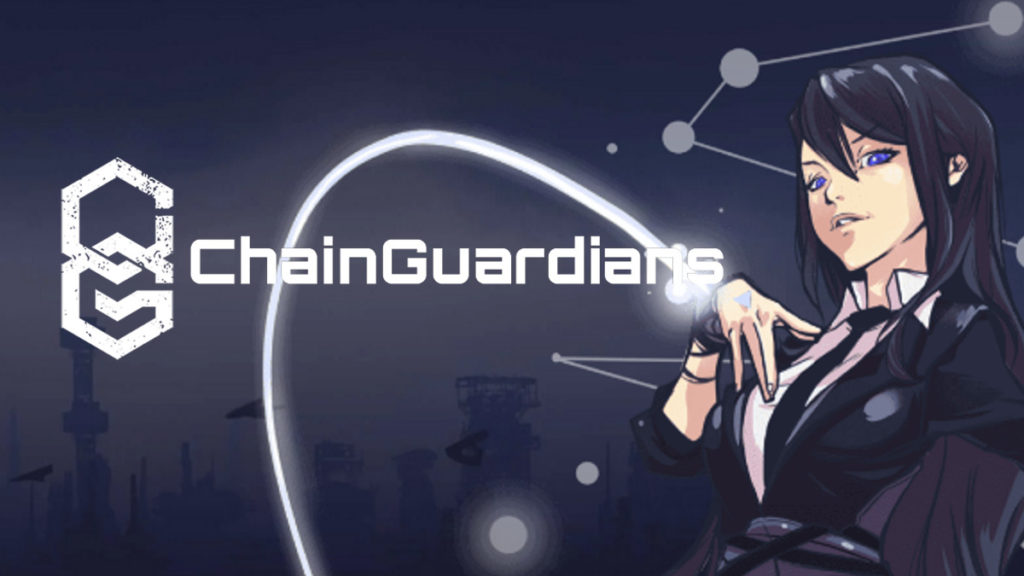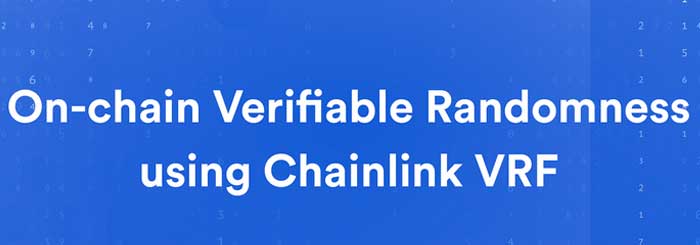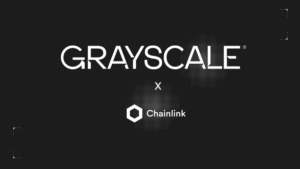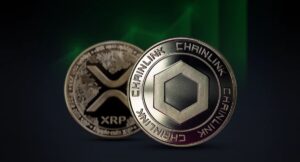Blockchain gaming platform ChainGuardians has integrated Chainlink Verifiable Randomness Function (VRF) on its mainnet to customize the appearance of new Chainlink Guardian NFTs.
According to an announcement by ChainGuardians on Monday, April 26, through the use of Chainlink VRF, the gaming platform will ensure that all players have a provably fair and unbiased chance at generating any one of the 16 predefined unique color aesthetics possible within the newly released Chainlink Guardian NFTs.
ChainGuardians is a blockchain gaming and collectibles ecosystem that rewards users for participating in crypto gaming experiences across various crypto platforms. Through the use of non-fungible tokens (NFTs), players can build armies, battle, and exchange in-game assets for use in several gaming scenarios. Set in a post-apocalyptic world of war and volatility, Guardians form alliances and battle to save their respective blockchain worlds.
Chainlink’s Verifiable Randomness Function (VRF) is a decentralized oracle service from Chainlink that provides smart contracts with a verifiable source of on-chain randomness. The use of Chainlink’s VRF means the generation of each Chainlink Guardian NFT is provably fair. The platform has given the name Zorare to its newly releases Chainlink Guardian NFTs. According to the announcement, the minting of these Zorare NFTs will begin on Wednesday, April 28, and a dedicated web page will be launched on ChainGuardians’ website.
From this page, users can purchase Chainlink Guardian NFTs, called Zorare, with the same experience they are used to when purchasing NFTs. There are 16 colors available for Zorare. The announcement reads:
“Players will be able to purchase a Chainlink Guardian NFT that features 1 of 16 unique colors assigned by Chainlink VRF. This will change the appearance of the Guardian whilst preserving their predetermined attributes, ultimately leading to an individualized experience that doesn’t interfere with gameplay.”
This means that Chainlink VRF will ensure that the color assigned to each Chainlink Guardian NFT is based on provable randomness.
Robbie Cochrane, Co-Founder of ChainGuardian, commented:
“We are always looking for ways to make our gameplay more meaningful and unique for users. Integration with Chainlink VRF delivers a provably fair and tamper-proof source of randomness, enabling a more dynamic user experience within ChainGuardians while retaining the transparency benefits of blockchain technology. This is the first step in embedding VRF deeper into the ChainGuardians ecosystem.”
With the NFT market making new strides, the demand for Chainlink is also growing. Ethernity Chain, a digital platform that produces authenticated NFTs (aNFT), is going to integrate Chainlink’s oracle solution and verifiable random function (VRF) to secure the minting and pricing of its aNFTs.
If you found this article interesting, here you can find more Chainlink News











